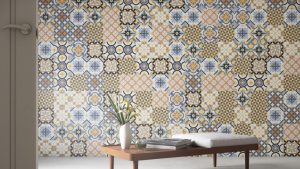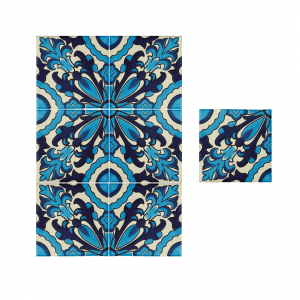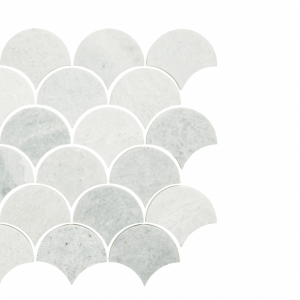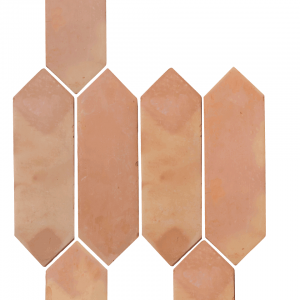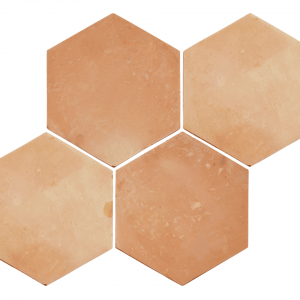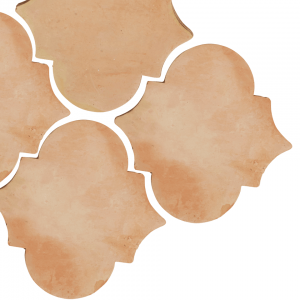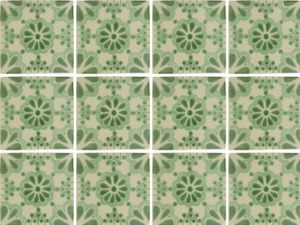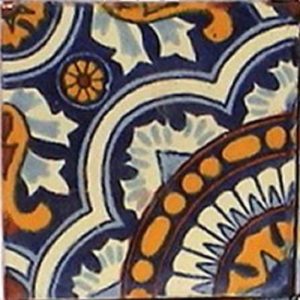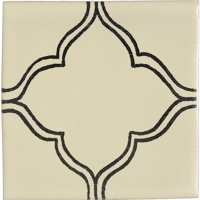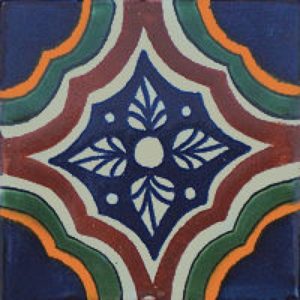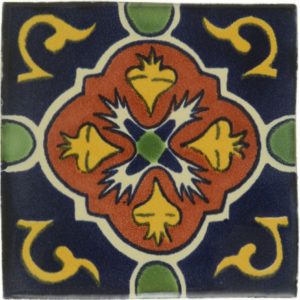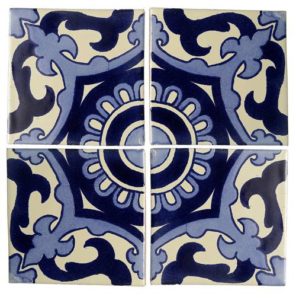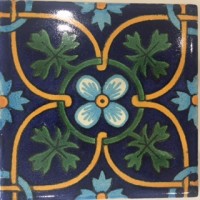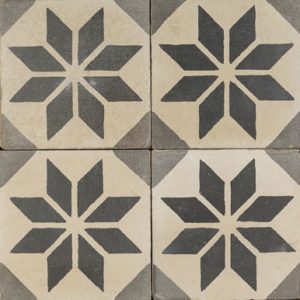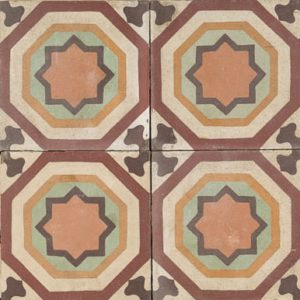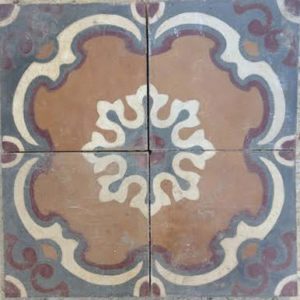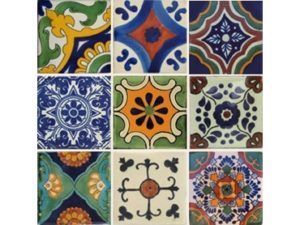The History and Cultural Significance of Moroccan Tiles
Introduction: Moroccan tiles, with their vibrant colors and intricate designs, hold a rich history and cultural significance that has captivated people around the world. From the ancient art of zellige to the contemporary cement tiles, Moroccan tiles have become synonymous with elegance and craftsmanship. In this article, we will take a journey through time, exploring the origins, evolution, and cultural significance of Moroccan tiles.
-
The Origins of Moroccan Tiles:
- Moroccan tile making dates back centuries, influenced by various civilizations such as the Roman, Arab, and Andalusian.
- The craft of zellige, intricate mosaic tile work, emerged during the reign of the Almohad dynasty in the 12th century.
- The clay used for Moroccan tiles is sourced from local quarries, providing a unique quality and character.
-
Zellige Tiles: Ancient Moroccan Craftsmanship:
- Zellige tiles are handmade, using traditional techniques passed down through generations.
- Artisans meticulously cut and shape geometric patterns from colored clay, creating stunning mosaic compositions.
- Zellige tiles were traditionally used to decorate palaces, mosques, and mausoleums, reflecting Moroccan architectural heritage.
-
Moroccan Tiles: Symbolism and Meanings:
- Moroccan tile patterns often have symbolic significance, representing aspects of Moroccan culture, spirituality, and nature.
- Geometric shapes, such as stars, crosses, and octagons, hold symbolic meanings, reflecting the balance between earthly and divine realms.
- Floral motifs and calligraphic elements are also commonly found in Moroccan tile designs, representing beauty, harmony, and spirituality.
-
Evolution of Moroccan Tiles:
- Over time, Moroccan tiles have evolved to include various styles, materials, and techniques.
- Cement tiles gained popularity in the 19th century, influenced by European design trends, combining durability and artistic expression.
- Modern Moroccan tiles embrace contemporary aesthetics, blending traditional patterns with bold colors and innovative designs.
-
Moroccan Tiles in Contemporary Design:
- Moroccan tiles have found their way into modern interiors, adding a touch of exoticism and sophistication.
- From kitchens and bathrooms to living spaces and outdoor areas, Moroccan tiles offer versatility and a unique design statement.
- Moroccan-inspired tiles are also used in commercial spaces, hotels, restaurants, and spas, creating a captivating ambiance.
Moroccan tiles have a captivating history and cultural significance that continue to inspire designers and homeowners worldwide. From the ancient art of zellige to the modern interpretations, these tiles reflect the craftsmanship and artistic expression of Moroccan culture. Whether adorning traditional or contemporary spaces, Moroccan tiles bring a touch of elegance, color, and cultural heritage to any environment.
Related Resources:
- Moroccan Tiles in Contemporary Interior Design
- Moroccan Tiles vs. Other Tile Types
- Moroccan Tile Patterns, Symbols and Meanings
- The Art of Moroccan Tile Making
- Moroccan Tiles: A Journey Through Time
- Maintaining and Cleaning Moroccan Tiles: Dos and Don’ts
- Moroccan Tile Types
- The history of Moroccan tiles
